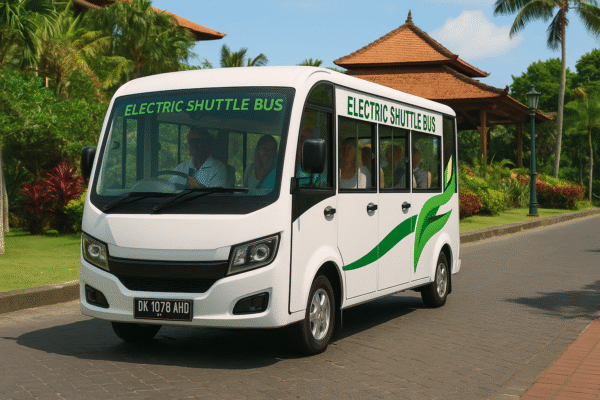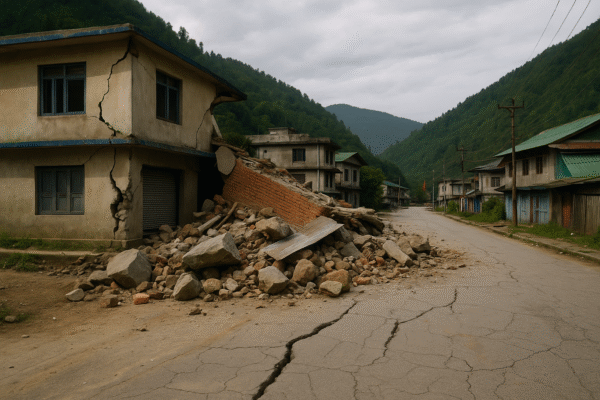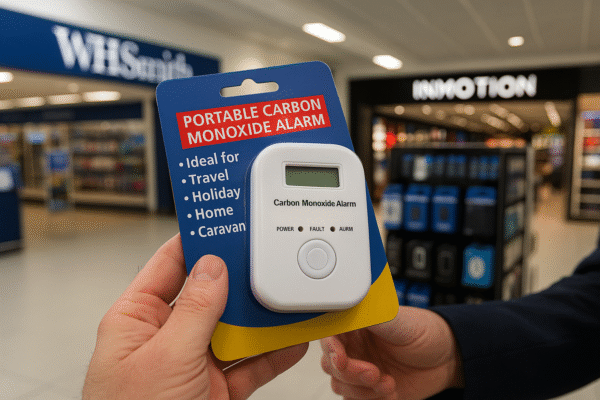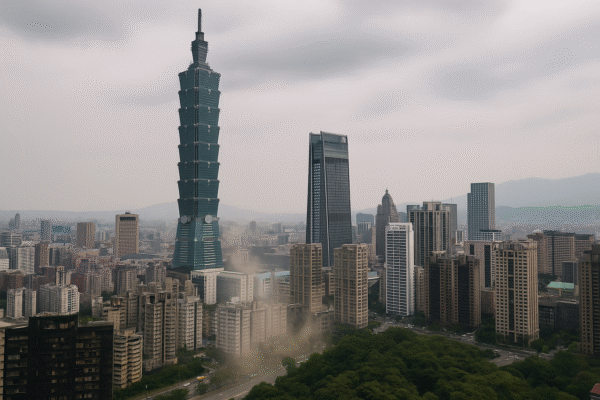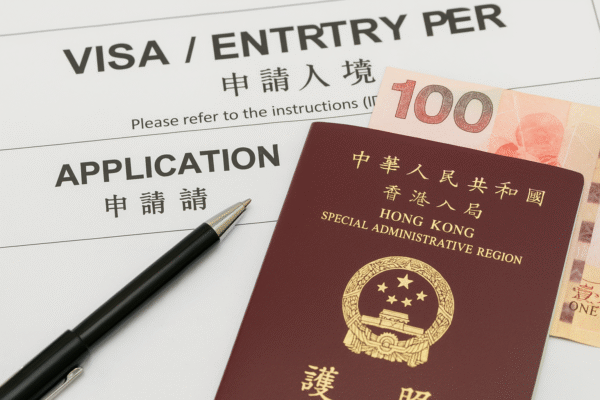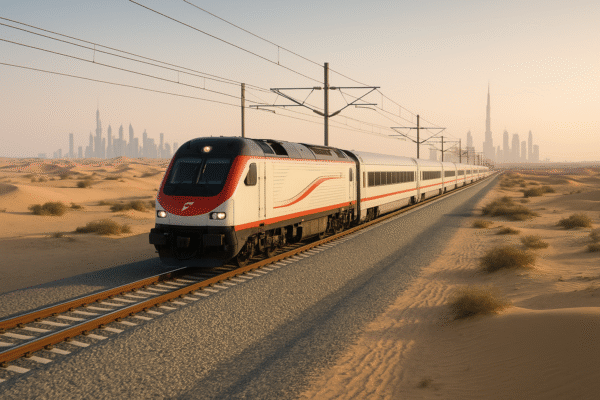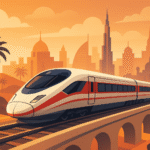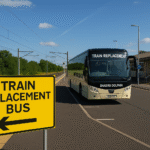Etihad Rail Nears Completion: UAE’s 1,200km National Railway to Revolutionize Sustainable Travel and Tourism
The United Arab Emirates is preparing to enter a new era of transportation with the near-completion of Etihad Rail, a groundbreaking infrastructure project set to reshape travel, tourism, and logistics across the country. Seventeen years in the making, the 1,200-kilometer national railway network is one of the most ambitious transport initiatives in the Middle East and is poised to offer high-speed, eco-friendly travel between the UAE’s major cities and ports.
A Vision Rooted in Sustainability and Economic Growth
Conceived in 2008 and officially launched in 2009, Etihad Rail was designed to meet the demands of a growing population, rapid urbanization, and increasing inter-emirate connectivity needs. Aligned with the UAE Vision 2021 and the more recent UAE Net Zero by 2050 strategic initiative, the railway network aims to cut carbon emissions, decongest highways, and reduce dependence on fossil-fuel-powered transportation.
Backed by the UAE government and key strategic partners, Etihad Rail has been steadily advancing through its development phases despite early challenges related to financing and logistics. Now, with Phase One complete and Phase Two nearing its final stages, the dream of a fully operational national railway is close to becoming reality.
What Etihad Rail Means for Travelers
One of the most eagerly awaited features of Etihad Rail is its passenger service, which will connect Abu Dhabi to Dubai in just 30 minutes, compared to the current 90-minute drive. The entire network will include passenger trains capable of speeds up to 200 km/h, linking major cities such as Sharjah, Ras Al Khaimah, Fujairah, and Al Ain.
Passengers can expect state-of-the-art amenities including spacious seating, onboard Wi-Fi, charging ports, and catering services—all designed to provide a comfortable and efficient alternative to driving or short-haul flights. Services are planned to run frequently, catering to both commuters and tourists throughout the day.
Transforming UAE’s Tourism Landscape
Etihad Rail is expected to reshape the tourism experience in the UAE by making it easier and faster for visitors to explore different emirates. Tourists arriving in Dubai will be able to access the cultural heritage of Sharjah, the mountainous beauty of Fujairah, or the iconic architecture of Abu Dhabi with ease.
The seamless intercity connectivity will also encourage multi-destination travel itineraries, giving a boost to regional tourism and hotel occupancy in less-frequented emirates. Luxury resorts, historical landmarks, and coastal getaways will become more accessible than ever before.
Strategic Connectivity to Ports and Airports
Beyond tourism, Etihad Rail is designed to be a backbone of commercial logistics, linking key industrial hubs, ports, and airports. Phase One already connects the Shah and Habshan gas fields to Ruwais, while the upcoming phases will serve major transport nodes such as Jebel Ali Port, Khalifa Port, and Port Rashid.
This will drastically cut transportation time and cost for cargo movement, bolstering the UAE’s position as a leading trade and logistics hub in the region. According to Etihad Rail, freight trains will be able to carry up to 60 million tonnes of goods annually, helping reduce the number of heavy-duty trucks on roads by over 36 million trips per year.
Environmental Impact and Green Transport Goals
Etihad Rail’s impact extends far beyond economic benefits. The railway is expected to reduce CO2 emissions by 70-80% compared to truck transport, supporting the UAE’s broader climate change mitigation goals. Trains will run on low-emission diesel initially, with future plans to transition toward cleaner energy sources, including hydrogen and electrification where feasible.
Construction practices have also adhered to environmental standards, with the use of eco-friendly materials, minimal land disruption, and protections in place for natural habitats. Sustainability is at the core of the project, helping the UAE lead the charge in green infrastructure development across the Gulf region.
Project Timeline and Future Expansion
As of mid-2025, the final stages of Phase Two are underway, with completion expected by the end of the year. This phase will link Dubai to Abu Dhabi and the northern emirates, ultimately covering all seven emirates in the UAE.
Looking ahead, Etihad Rail is expected to extend beyond UAE borders. Discussions are already underway for future connections to Saudi Arabia and Oman, which would integrate the UAE into a GCC-wide rail network, facilitating regional travel and trade.
Conclusion: A New Era for UAE Transport and Tourism
Etihad Rail is more than just a railway—it is a symbol of the UAE’s commitment to innovation, sustainability, and smart infrastructure. As the network nears full completion, it promises to redefine the way residents and tourists experience the country.
For travelers, the convenience of swift, comfortable, and sustainable train travel between iconic destinations will unlock new tourism experiences across the Emirates. For the economy, the improved movement of goods will reduce costs, support industry, and drive growth in logistics and hospitality.
With Etihad Rail, the UAE is not just building trains—it is laying the tracks for a greener, smarter, and more connected future.
For more travel news like this, keep reading Global Travel Wire


